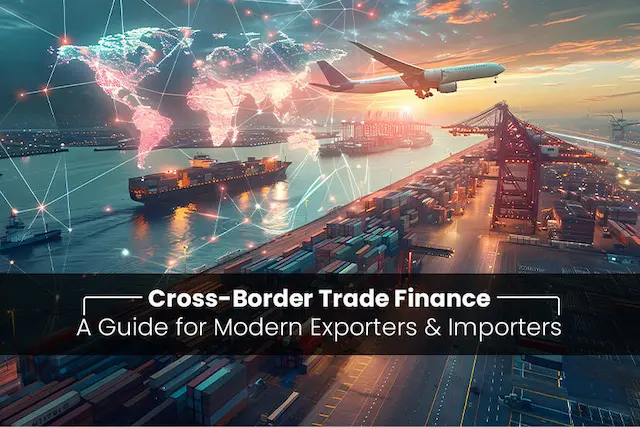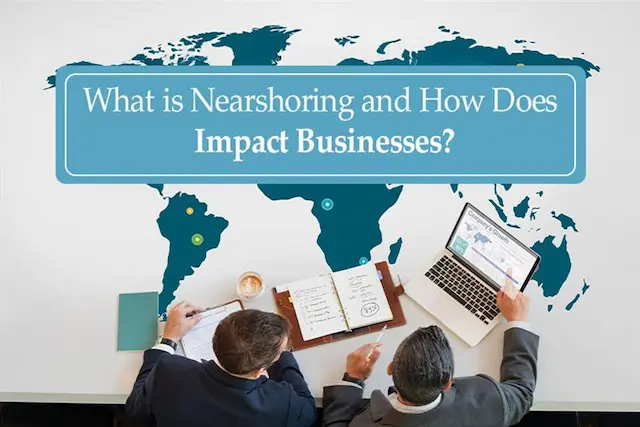Did you know that in the vast world of shipping, not every cargo gets its exclusive ticket on a massive vessel? Welcome to the realm of LCL (Less than Container Load) shipments—a logistical game-changer!
Ever heard of shipping containers having their own rulebook? Well, they do! They come in standard sizes set by the International Organisation for Standardisation (ISO). Picture this: 8, 10, 20, 30, or 40 feet in length, like choosing the perfect-sized backpack for your trip.
Now, here’s the twist: If your stuff is smaller than the container, no worries! You can share the container space with another shipper. It’s like a ride-sharing service for your cargo, saving you from paying for the whole container. Easy, right?
LCL is like the sharing economy of shipping, where smaller loads come together for a cost-effective journey.
Let’s embark on a journey through the meaning, costs, and the magic of LCL shipments. Get ready to simplify the seas of logistics with a dash of ease and a sprinkle of cost efficiency!
LCL Meaning in Shipment
LCL stands for “Less than Container Load” in the context of shipping and logistics. It refers to a shipping arrangement where multiple shipments from different customers or suppliers are consolidated into a single shipping container. This is typically done when individual shipments are too small to fill an entire container. By combining smaller shipments, businesses can share the cost of shipping, making it more cost-effective for each party involved.
In contrast, “FCL” stands for “Full Container Load,” where a single shipment or the entire contents of a container are dedicated to one consignee. LCL is a common practice for small to medium-sized businesses or shipments that don’t require the use of a full container.
Understand the LCL Shipment Process
Demystify LCL shipping! Explore the streamlined process of sharing cargo space for cost-effective international shipping.
Step 1: Choose a Shipping Partner
Embark on your shipping journey by registering with a reliable shipping company. Choosing the right partner is paramount for ensuring your products reach their destination effortlessly. This initial step lays the groundwork for a seamless and successful delivery process.
Your selected shipping ally will significantly influence the overall efficiency and satisfaction of your product delivery to customers. Take the time to make a thoughtful choice, setting the stage for a smooth and reliable shipping experience.
Step 2: Share Package Details
Connect with the shipping company and provide essential details: where it’s going, the package size, and when they can pick it up. These specifics help them determine optimal groupings for a streamlined delivery process.
Effective communication at this stage ensures that your shipment is organized in a way that enhances efficiency, making the entire delivery journey more seamless for both you and your customers.
Step 3: Container Magic
Once your package reaches the shipping company’s warehouse, typically close to a port, it becomes part of a group in a process known as ‘Container Stuffing.’ This is like a puzzle, where different packages fit together in a container. The container is then loaded onto a ship set to sail to your desired location.
It’s like your package takes a mini sea voyage, surrounded by other goods, on its way to reaching the final destination. This method ensures efficient transportation, making the journey from the warehouse to your doorstep a smooth sailing experience.
Step 4: Unload and Deliver
Upon the ship’s arrival, the container is unloaded at a warehouse for organization. Imagine it like unpacking a giant puzzle box. Once everything is sorted out, the shipping company takes charge. They bring the products directly to your customers’ doorsteps, completing the journey seamlessly.
This simple and efficient process ensures that your customers receive their orders without any hassle. It’s like the final act of a well-coordinated performance, ensuring your goods make a smooth transition from the ship to their destination.
Breaking Down LCL Costs
Contrary to belief, grouping and ungrouping at warehouses drive costs, not the actual shipping. LCL charges, often in USD per cubic meter, factor package dimensions. If the weight exceeds 1000 kgs, charges switch to weight. Rare for LCL, as it’s ideal for smaller loads.
Navigating CBM Calculation for LCL Shipments
Master the art of calculating CBM for LCL shipments—your key to efficient packaging and cost-effective international shipping.
Choosing the Right Package
- Opt for a cubical or cuboidal package for accurate measurements.
Dimensional Exploration
Measure the length, width, and height of your package.
Unit Transformation
Convert all units to meters for consistency.
Volume Crafting
- Multiply the dimensions: Length X Width X Height.
Practical Example
- If your package measures 3.2 meters (length) X 3.5 meters (width) X 4 meters (height).
- Volume = 3.2m X 3.5m X 4m = 44 Cubic Meters (CBM).
Important Note: LCL shipments commonly fit into standardized 20ft and 40ft containers used by major international shipping companies.
What Makes FCL and LCL Different?
In the world of shipping, the FCL (Full Container Load) and LCL (Less than Container Load) options present distinct considerations for exporters. Let’s delve into the nuances:
Speed
FCL holds an advantage in speed due to a single destination, whereas LCL, catering to multiple destinations, may experience slightly slower delivery times.
Safety
Fragile items find better protection in FCL shipments. LCL, involving more handling during grouping and ungrouping, poses a higher risk of mishandling and damage.
Logistics
LCL shines in steady warehouse flow. It offers a practical solution for managing shipments without the risk of warehouse overload, making it a more inventory-friendly option than FCL.
Costs
Cost dynamics are intricate. While LCL generally boasts lower overall costs, the per-unit CBM prices may tilt in favor of FCL for larger shipments. There’s a critical break-even point where FCL becomes more economically viable.
Understanding why LCL can be pricier unveils the meticulous efforts of shipping companies in optimizing package grouping. The challenges of finding suitable matches contribute to the complexity of costs associated with LCL shipments.
How to Track the LCL Shipment?
Tracking your Less than Container Load (LCL) shipment ensures you stay informed about its progress. Here’s how to do it:
Obtain the Tracking Number
Receive the unique tracking number from your shipping company.
Visit the Shipping Company’s Website
Go to the official website of your shipping company.
Locate the Tracking Section
Find the dedicated tracking section on the website.
Enter the Tracking Number
Input your LCL shipment’s tracking number into the designated field.
Initiate the Tracking Process
Activate the tracking process by clicking the relevant button.
Review Shipment Details
Explore the detailed information about your shipment’s current location, expected delivery date, and any significant updates.
Sign Up for Notifications
Opt for notifications via email or SMS for real-time updates.
Contact Customer Support (If Needed)
In case of any concerns or uncertainties, reach out to the shipping company’s customer support for assistance.
By following these straightforward steps, you can easily track your LCL shipment and stay informed throughout its journey.
Final Words
In the world of shipping, LCL is your go-to for efficient and cost-effective cargo journeys. Imagine it like ride-sharing for your products, making international shipping a breeze. From understanding costs to tracking your shipment, LCL simplifies the seas of logistics. Whether it’s FCL or LCL, grasp the differences for informed choices. It’s your inventory’s best friend, ensuring a steady flow without warehouse chaos. So, set sail confidently, track your cargo effortlessly, and enjoy the simplicity of LCL logistics. Bon voyage!




